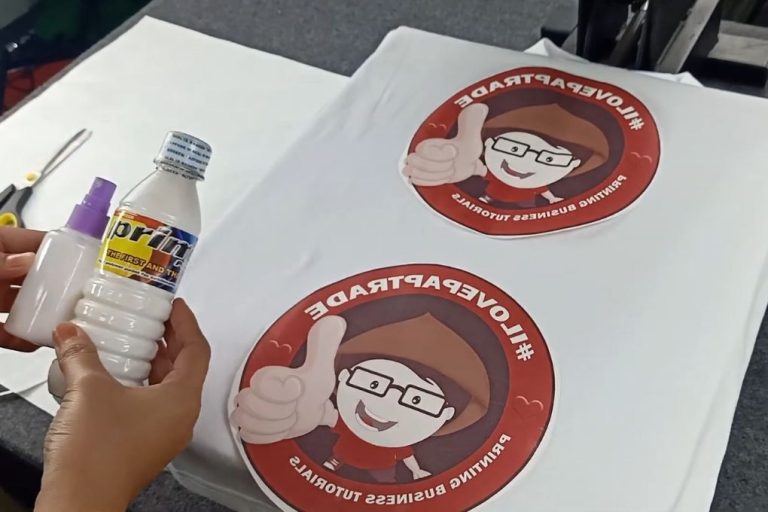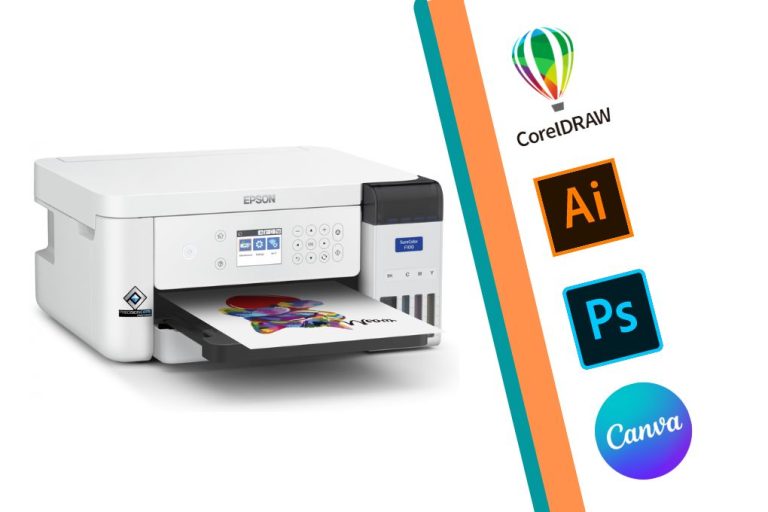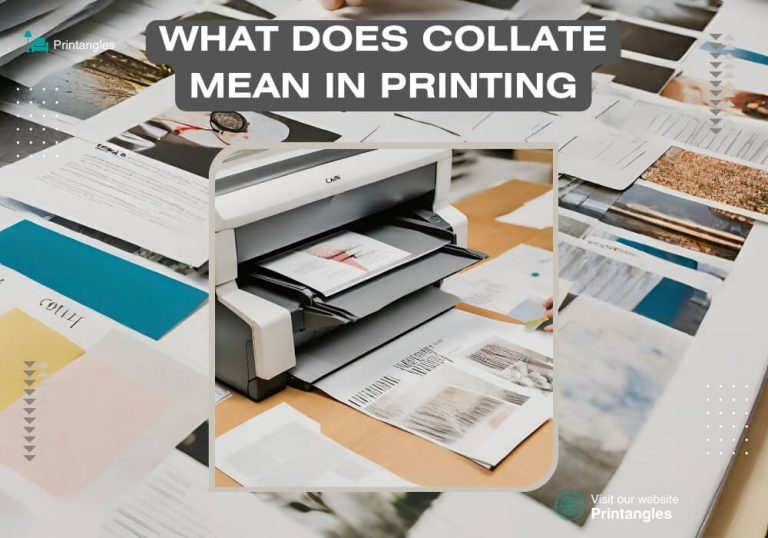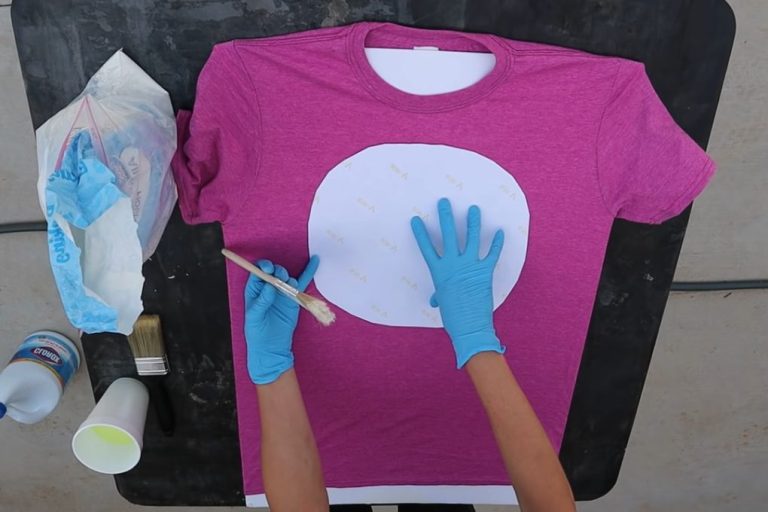The Ultimate Guide to Preventing Paper Warping in Sublimation Printing
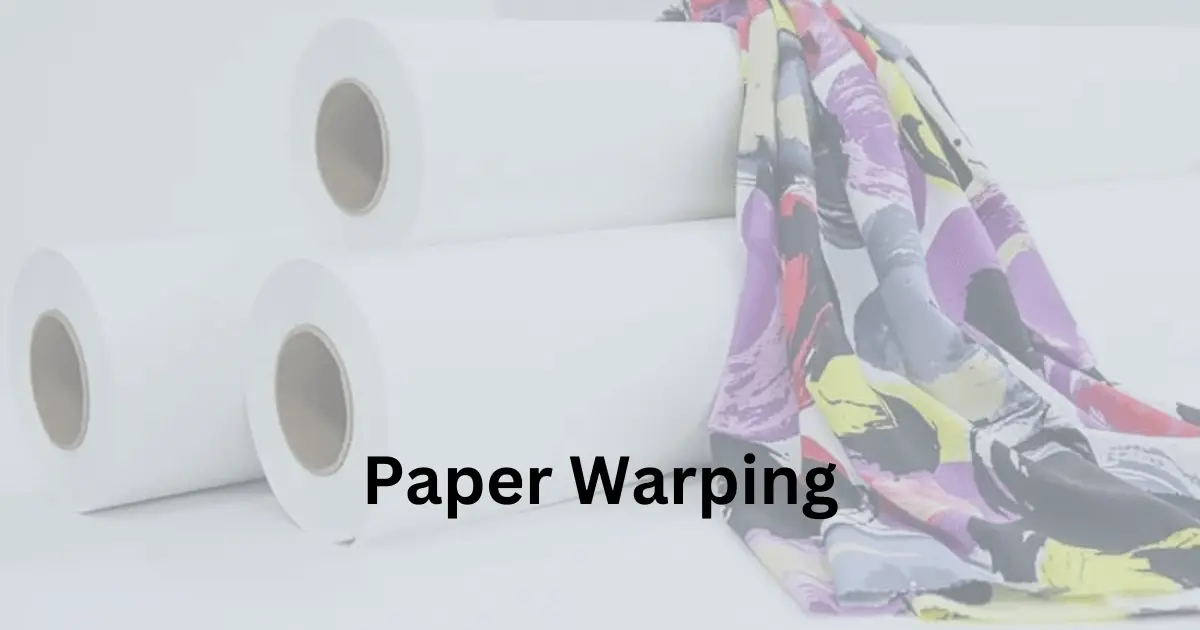
Sublimation printing is a modern, innovative technique that has revolutionized the way we print on various materials, ranging from fabrics to ceramics. Unlike traditional printing methods, sublimation printing involves the use of heat to transform solid ink into a gaseous state, bypassing the liquid phase. This process allows the ink to penetrate the fibers of the material, ensuring a more durable and vibrant print. Particularly popular for custom apparel, promotional products, and unique gifts, sublimation printing offers an array of possibilities for both businesses and individuals seeking high-quality, customizable items.
As with any printing technique, sublimation printing comes with its own set of challenges. One of the issues that can greatly affect the quality of the final product is paper warping. Warping paper is a phenomenon where the paper changes shape during the printing process, often resulting in an uneven or distorted print. This usually occurs due to a combination of factors such as heat, moisture, and the properties of the paper itself.
When paper is subjected to the high temperatures needed for sublimation printing, the fibers of the paper can expand or contract. If the paper contains any moisture, this can also turn to steam during the heating process, causing the paper to warp. Additionally, the quality and type of paper used can contribute to how susceptible it is to warping. For instance, papers with a higher content of cellulose fibers may be less prone to warping compared to those with a high content of synthetic fibers.
Preventing paper warping is crucial for maintaining the integrity of the final printed product. Warping can cause misalignment, ghosting, and uneven coloration, all of which detract from the quality and appearance of the print. Additionally, warping paper can lead to material wastage and increased costs for printers.
Table of Contents
Causes of Paper Warping
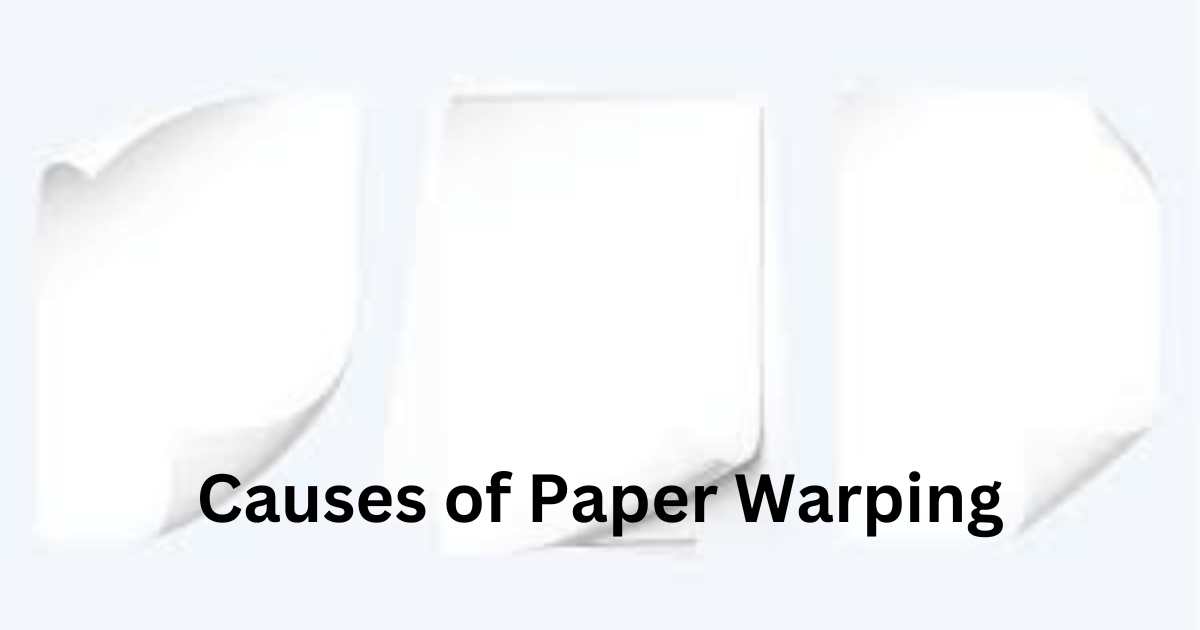
Moisture Content
Moisture content in paper is one of the primary culprits behind warping. When the paper contains moisture and is subjected to the high temperatures of the heat press, this moisture turns into steam. The steam can cause the fibers of the paper to swell and expand, leading to warping. This is particularly tricky in humid environments, where paper can absorb moisture from the air.
Heat Levels
The amount of heat applied during sublimation printing is critical to the outcome. If the heat levels are too high, it can cause the fibers in the paper to contract or expand excessively. On the other hand, if the heat is too low, it may not activate the sublimation dyes properly. Both scenarios can contribute to paper warping. It’s important to calibrate the heat press settings according to the manufacturer’s commendations and the type of paper used.
Paper Quality
The quality and type of sublimation paper play a significant role in its susceptibility to warping. High-quality sublimation papers are typically designed to withstand the heat and pressure of the sublimation process better than lower-quality alternatives. Additionally, different types of sublimation paper come with various coatings and compositions, which can either mitigate or contribute to warping.
Environmental Factors
The environment in which the sublimation printing takes place can significantly influence paper warping. As mentioned earlier, high humidity can cause the paper to absorb moisture, which contributes to warping when heated. Additionally, air currents or drafts can also affect the paper’s stability during printing.
The Impact of Paper Warping on the Final Product
Image Distortion
When paper warps during sublimation printing, the transfer of the image onto the substrate can be uneven. This can result in portions of the image being stretched, skewed, or misshapen, detracting from the integrity of the design.
Color Discrepancies
Warping can affect how sublimation dyes are transferred to the substrate. The areas where the paper has warped may receive more or less dye, leading to inconsistencies in color. This can result in a final product that looks blotchy, faded, or uneven in coloration.
Wasted Materials and Costs
Paper that has warped is often unusable for producing quality prints. This results in wasted paper and ink, and in the case of misprinted products, wasted substrates. The need for reprints also increases production time and costs.
Why preventing paper warping is essential for high-quality prints
Preventing paper warping is an essential aspect of ensuring high-quality prints in sublimation printing. Here’s why:
Maintains Image Integrity
When paper warps, it can cause the image to be distorted or stretched. This is particularly problematic if the image has fine details or if precise dimensions need to be maintained. Flat, unwrinkled paper ensures that the image is transferred accurately to the substrate.
Ensures Even Color Distribution
Warping can affect how evenly the dye-sublimation inks are transferred to the substrate. This uneven distribution can lead to blotchy or inconsistent colors. By preventing paper warping, you ensure that the color is evenly distributed, making the final print vibrant and true to the original design.
Avoids Ghosting and Other Print Defects
Paper warping can cause the paper to shift position during printing. This movement can lead to ghosting, where an image appears slightly offset from its intended position, or other print defects like smudging. This not only impacts the aesthetic quality but may render the print unusable.
Reduces Material Wastage and Cost
Warped paper often leads to prints that cannot be used, and this results in wasted materials. In a production environment, this adds up to higher costs. Avoiding paper warping reduces the likelihood of wastage and helps in saving costs.
Improves Workflow Efficiency
When paper warping issues occur, it can cause delays as the printer has to troubleshoot the problem, possibly reprint, and adjust settings. This takes up valuable time and reduces efficiency. By preventing paper warping, you ensure a smoother, more efficient printing process.
Maximizes Material Compatibility
Some materials require precise alignment during sublimation printing. Warping can cause misalignment, which is especially problematic for complex or multi-layer prints. Preventing paper warping ensures that you can print on a wider range of materials with confidence.
Ensures Longevity of Prints
Prints made on warped paper may not be as durable, as the sublimation process may not be complete or even. Preventing warping helps in ensuring that the prints last longer without fading or peeling.
The Importance of Paper Quality in Sublimation Printing
Selecting high-quality paper is vital in sublimation printing for several reasons:
Better Ink Transfer: High-quality papers are designed to facilitate better transfer of inks. This ensures that the colors in the final product are vibrant and true to the original design.
Less Warping: As discussed earlier, paper warping can be a significant issue. High-quality papers are typically more stable and are less likely to warp under the heat and pressure of the sublimation process.
Consistency: Quality papers tend to have more consistent coatings and compositions, which helps in achieving consistent results across different prints.
Reduced Wastage: By using high-quality paper that is less prone to issues like warping or poor color transfer, you reduce the likelihood of producing prints that can’t be used, thus reducing waste.
Read More: Best Sublimation Paper
Tips on Handling Sublimation Paper to Prevent Warping
Avoid Direct Contact with Hands: Oils and moisture from your hands can be transferred to the paper. It’s advisable to wear gloves or handle the edges of the paper minimally.
Keep the Paper Flat: When not in use, it is important to keep sublimation paper flat. Do not roll or fold the paper as this can cause it to retain a curved shape, leading to warping during printing.
Acclimate the Paper: Before printing, let the paper acclimate to the environment where the printing will take place, especially if there are temperature and humidity differences between storage and printing areas.
Do Not Rush the Process: When loading the paper into the printer, ensure that it’s aligned correctly and that you’re not forcing it into the tray. This can prevent the paper from being bent or damaged.
Monitor Humidity Levels: If you are working in a particularly humid environment, consider using a dehumidifier to reduce moisture in the air.
Related: Sublimation Projects
FAQs

I’m Derrick Flora and I am the owner of Printangles.com. I am the father of 2 angles and 1 boy and I am 37 years old. I had done Bachelor in Fashion and Textile Studies from FIT State University of New York. It’s been 7 years since when started the sublimation business. I sublimated mugs, t-shirts, canvas, and many more. And we have analyzed some things that beginners don’t apply the actual strategies to complete the project. And those strategies are making your sublimation better onto the material. What do beginners do, they just buy the sublimation printer and the heat press without knowing about them.


